Britain’s mountains may not be the highest or most spectacular, but they do sit in the path of the prevailing Atlantic weather systems. This can result in some seriously hostile weather! So, when venturing into the hills and mountains you should take suitable protective clothing for the conditions, which may change dramatically over the course of the day.
The classic clothing package is the three layer system, and consists of a base layer, an insulating middle layer topped off with a weather-proof outer shell.
Base layer
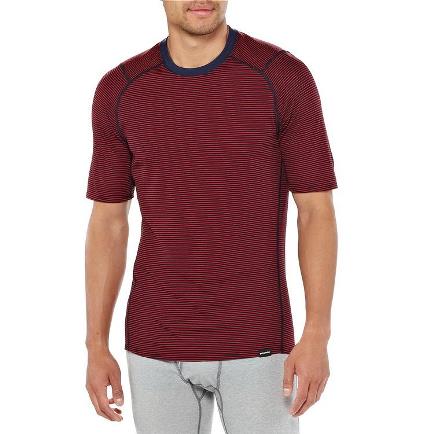
Base layer top and leggings. Photo. Patagonia
The base layer works best when snuggly fitting, meaning some stretch is needed in the fabric. Worn next to the skin, its main function is to manage the moisture from sweating. Moisture management is important, because as soon as activity levels drop, the cooling effect of moisture is no longer desirable. Conventional cotton clothing is disastrous if used as an active base layer because it absorbs and retains moisture.
Man-made fibres help spread out and disperse moisture (this is called wicking) and keep a comfortable environment next to the skin. Fibres such polypropylene are great at wicking but require a special anti-bacterial finish, otherwise they can get unbelievably smelly.
Merino wool is a popular albeit expensive fabric which works differently to a normal wicking layer. Merino wool can absorb a lot of moisture before feeling cool or clammy; when working really hard it can start to feel damp and heavy although base layers which mix merino and other fibres can offer a good compromise. Where it really scores, especially for extended trips, is that it has an anti-bacterial effect built in, so it won't drive your tent mate outside with the smell.
In colder conditions a thicker base layer provides extra insulation, whilst an important consideration for summer is the level of sun protection factor (SPF), as often the base layer will be worn as the only layer.
Middle layer
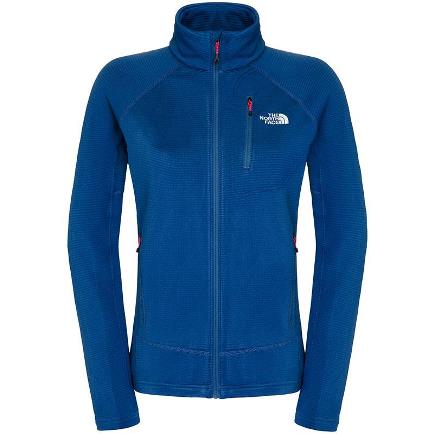
Typical fleece mid layer. Photo. The North Face.
The middle layer provides the main source of insulation, which helps prevent the loss of heat. It does this by trapping air within the insulating fabric, which typically might be either a woven fleece material or synthetic fibre wadding. A good middle layer will allow moisture from the base layer to travel through easily, and retain much of its insulating properties even when damp.
In especially harsh conditions, the middle layer may actually include several garments, or it may be dispensed with entirely when working hard. One useful option is the gillet or body warmer, which provides extra insulation for the torso area containing most of the vital organs, whilst giving more freedom of movement and less insulation for the arms.
Outer shell
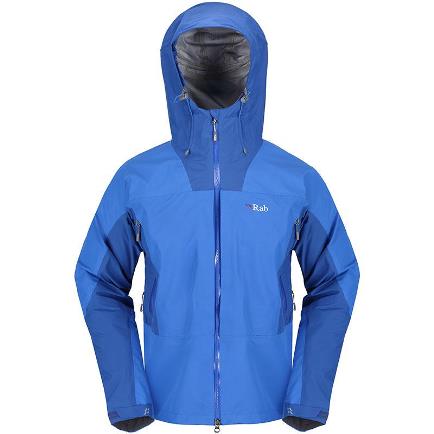
An outer shell with hood and pack-accessible pockets. Photo. Rab.
In order for the inner layers to function correctly, they generally need protection from the elements. The outer layer does this, by providing a windproof and waterproof barrier. Wind will strip the warm air from insulating layers unless it is protected against, so this is one of the most important parts of the clothing system. Protection from rain and snow is also important, as soaked inner layers are heavier, less comfortable and less efficient as insulators. Again, the outer layer ideally needs to allow moisture to escape through venting and the use of breathable fabrics.
A good hood is a valuable feature, allowing visibility whilst protecting the head and preventing the ingress of water. Pockets which can be accessed when wearing a rucksack or harness are useful, as is a pocket big enough to hold a folded map.
Limitations and solutions
The three layer system works well but one limitation is that adjusting the amount of insulation involves removing the outer layer first. This inevitably leads to some overheating or chilling and in rain often leads to a damp and less effective mid layer. When working hard the outer layer can easily have its ability to vent and breathe moisture overcome. In milder or less wet conditions, it becomes tempting to remove the outer layer, only to expose the mid layer to a cutting wind or light drizzle which ends up soaking it.
Soft-shell
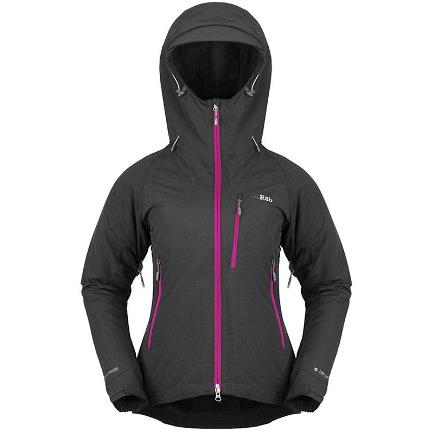
Hooded soft-shell. Photo. Rab.
One solution is the soft-shell. This is a middle layer with some degree of wind and water resistance but good breathability. The idea is that for most of the time, the outer layer can be dispensed with and kept in reserve for full-on conditions. Soft shells are typically an insulating fleece material laminated onto a tightly woven outer facing fabric, although there are many interesting variations on the theme.
Another trend is to use different combinations of materials “mapped” onto different parts of the body. This might be anything from using stretch fleece side panels on an otherwise fairly rigid wind-proof fleece, to a hybrid jacket which takes a soft shell and adds outer shell weather resistance to key areas.
A useful and versatile item is a light wind-shell, which turns a middle layer into a soft-shell but can also be worn just with a base layer - useful for slogging uphill in windy and damp conditions. Finally, there is the belay jacket, the saviour of the winter climber. This is an insulating jacket with a hood and some weather-resistance which is worn over the top of a soft-shell or outer shell. Perfect for stop-start activities, a lighter clothing system is worn when active, with the thick insulating layer added immediately once at rest.
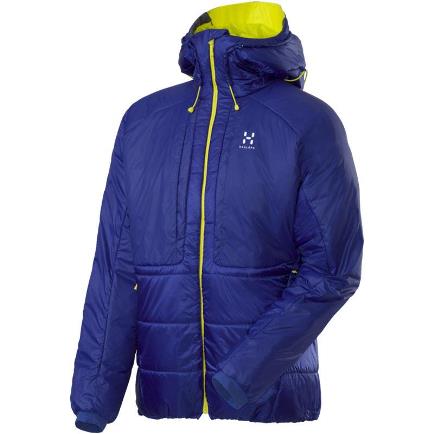
A belay jacket. Photo. Haglofs.
Peripherals
The head, fingers and toes all need looking after too, so don’t neglect them. The head is part of the vital core, so make sure you have a hat or balaclava with you. Gloves are essential in the colder months and may require their own layering system to give the right levels of protection and dexterity for climbing, navigating and other tasks. Winter climbers may carry as many as three pairs, with different sets for walking in, climbing and belaying!
Finally, don’t forget the importance of nutrition and hydration – you can't keep warm and operate effectively without it. Stash some spare energy bars or their equivalent in a pocket for emergencies, drink often even in winter and make sure you keep your internal fires burning.
Join online today by Direct Debit and save 25% on your first year's membership.
WATCH: What does the BMC do for hill walkers?
GET THE KNOWLEDGE: BMC resources for hill walkers
« Back